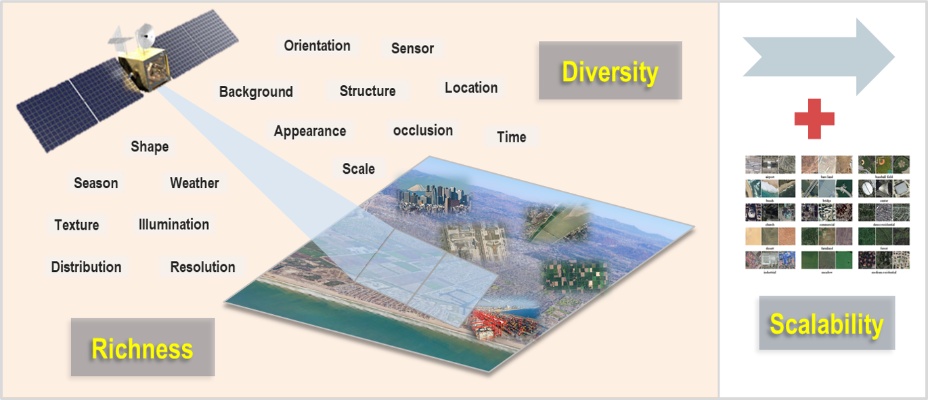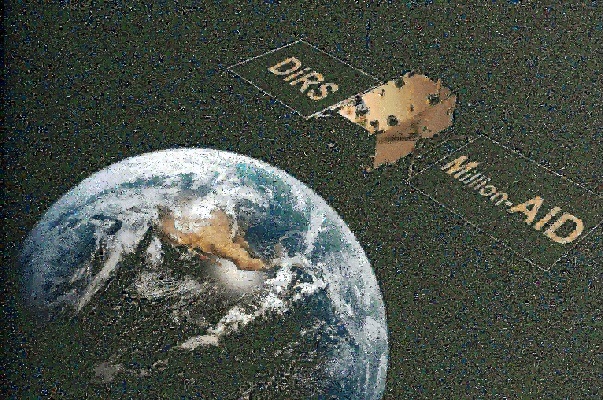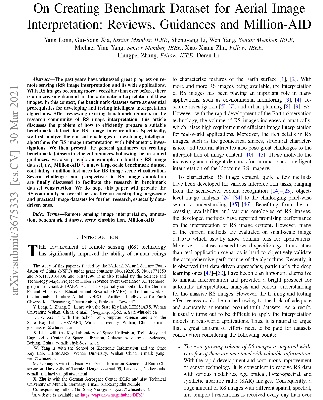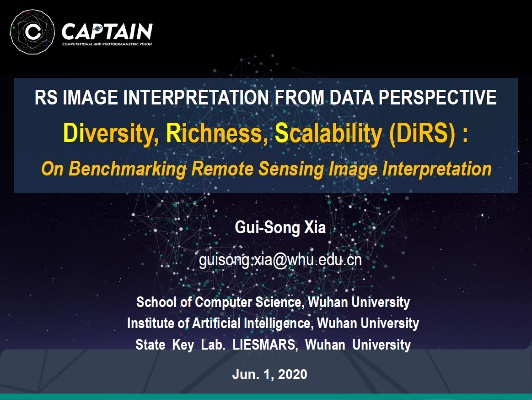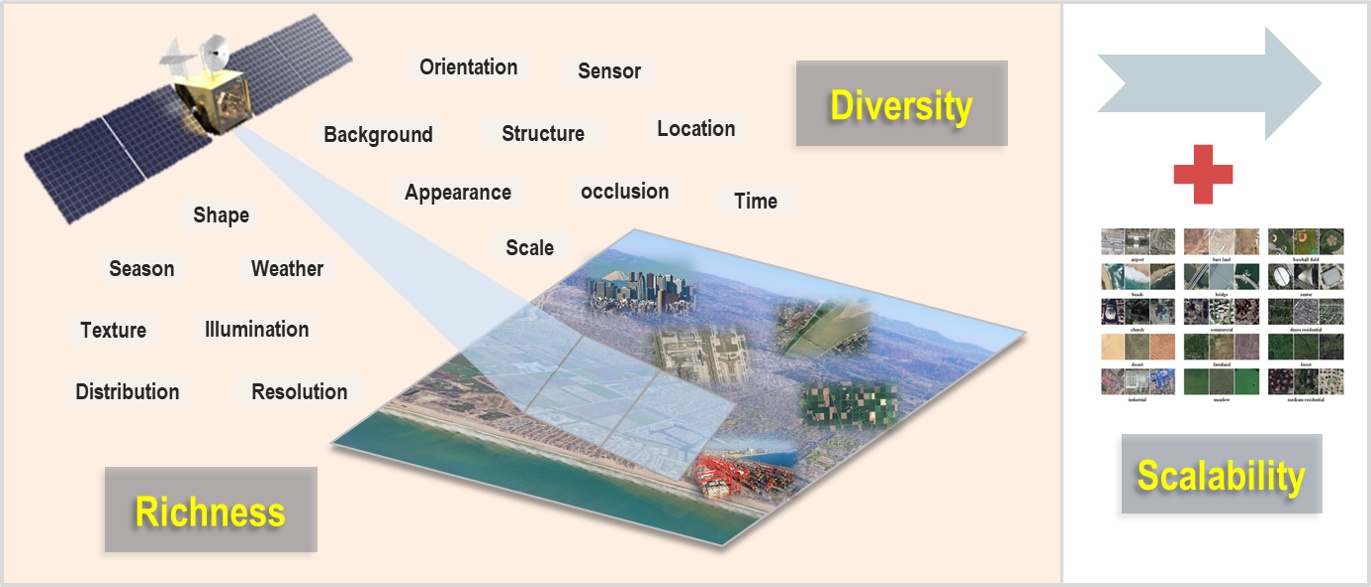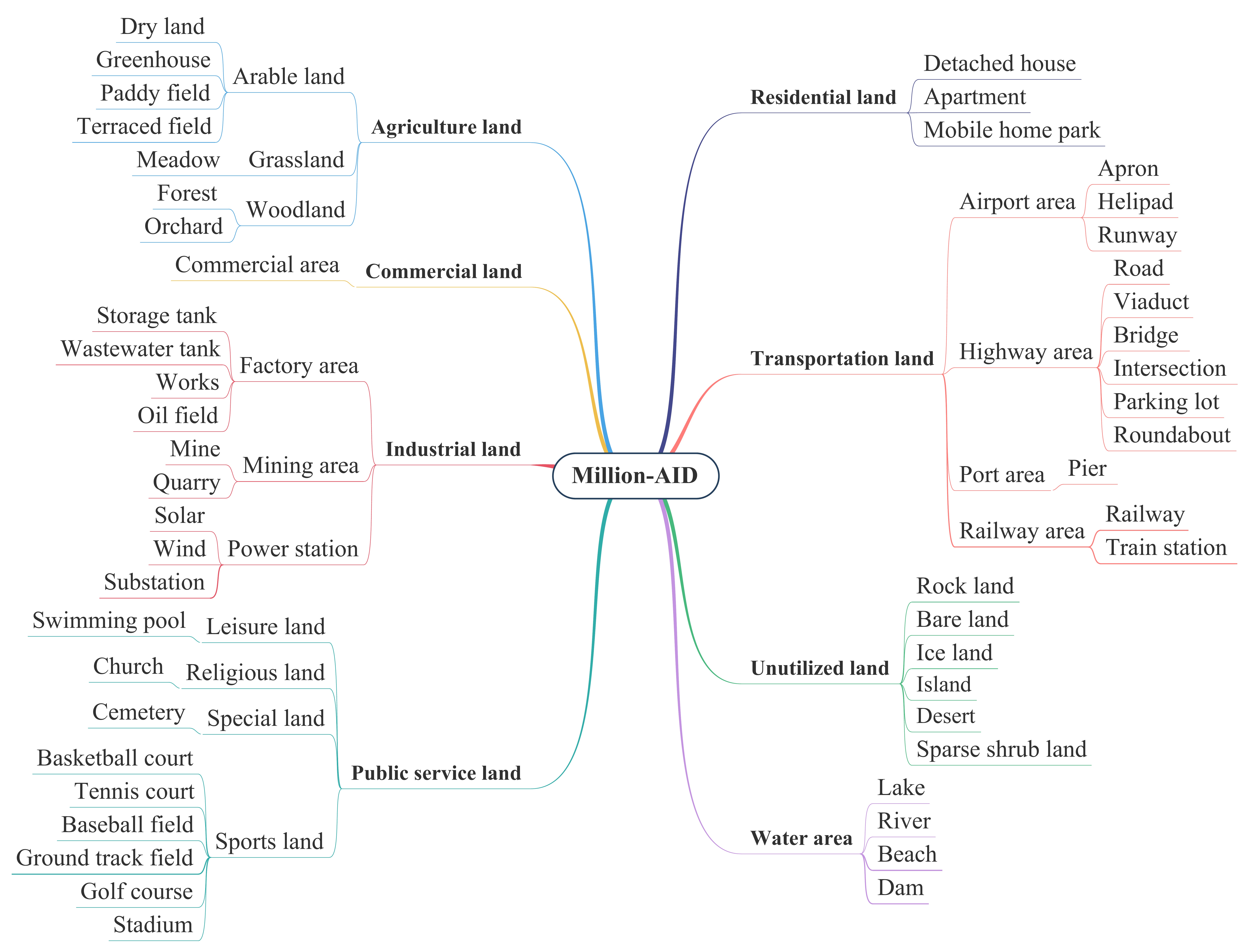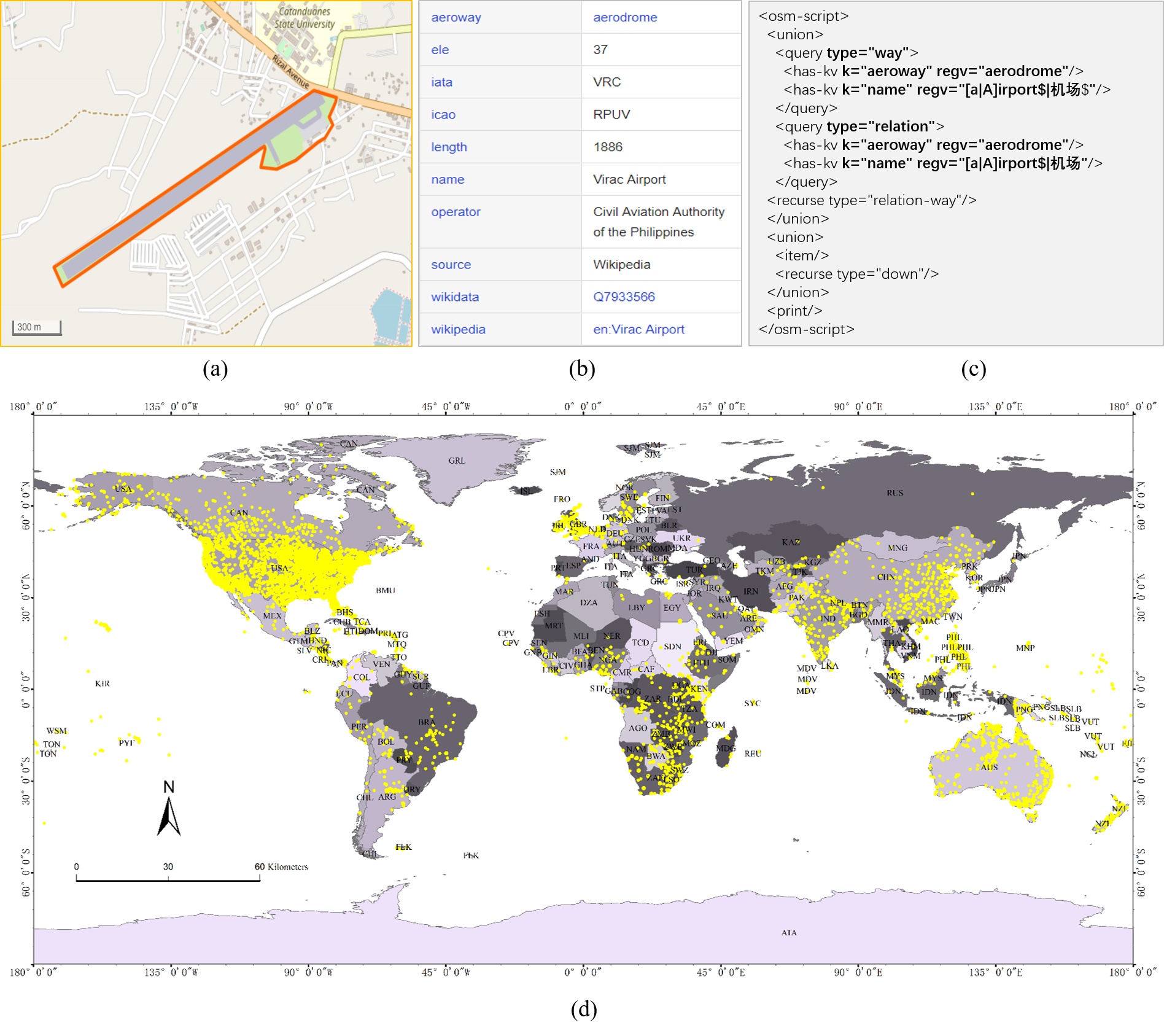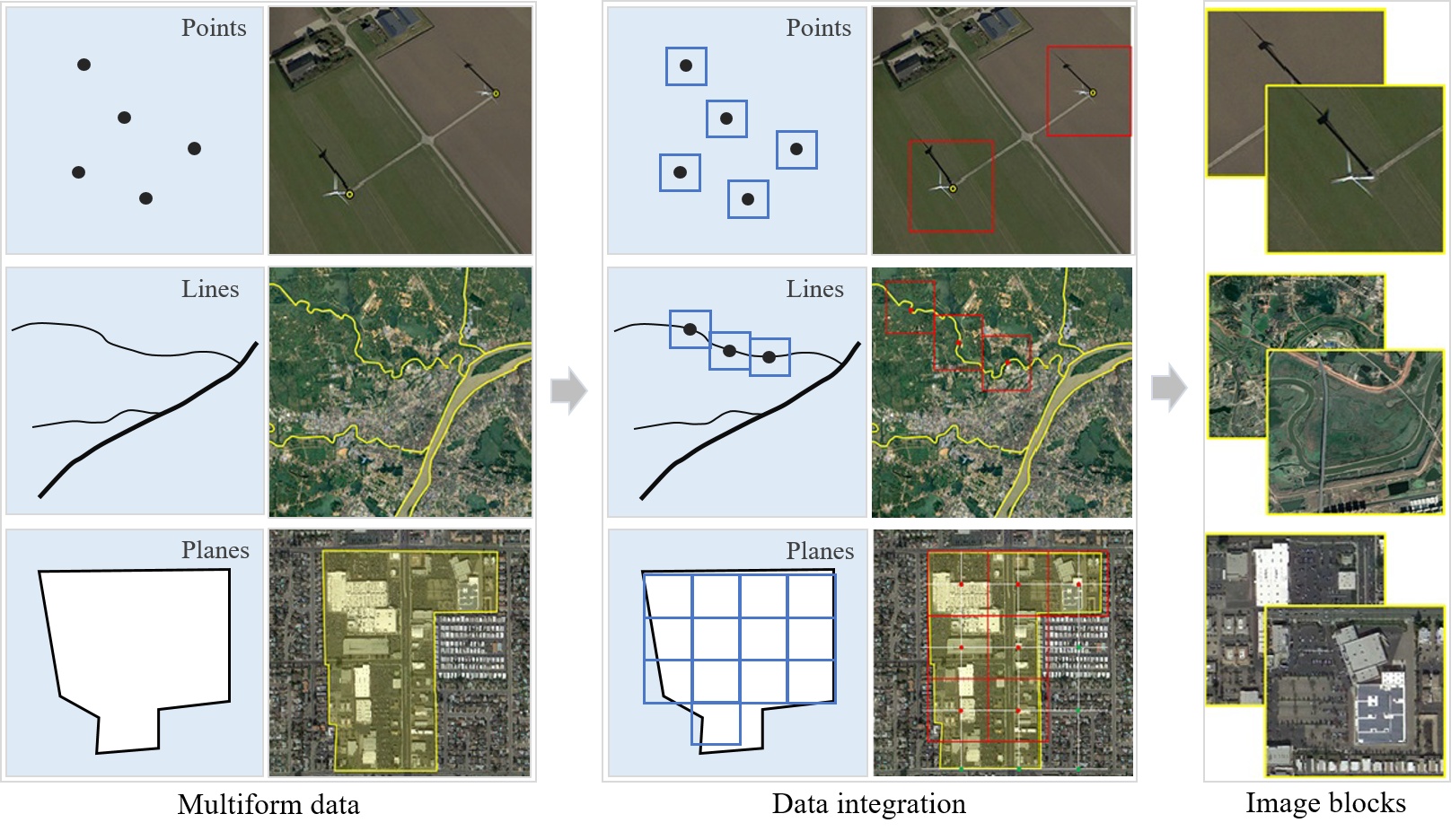On Creating Benchmark Dataset for Aerial Image
Interpretation: Reviews, Guidances and Million-AID
Yang Long1,
Gui-Song Xia1,2,*,
Shengyang Li3,
Wen Yang1,4,
Michael Ying Yang5,
Xiao Xiang Zhu6,
Liangpei Zhang1,
Deren Li1.
1. State Key Lab. LIESMARS, Wuhan University, Wuhan 430079, China
2. School of Computer Science, Wuhan University, Wuhan 430079, China
3. Key Laboratory of Space Utilization, Technology and Engineering Center for Space Utilization, Chinese Academy of Sciences, Beijing 100094, China
4. School of Electronic Information, Wuhan University, Wuhan 430072, China
5. Faculty of Geo-Information Science and Earth Observation, University of Twente, Hengelosestraat 99, Enschede, Netherlands
6. German Aerospace Center (DLR) and also Technical University of Munich, Germany
